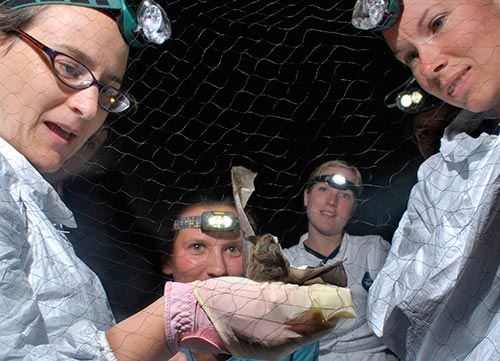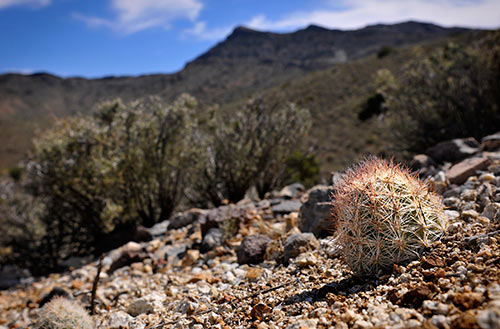The work of Missouri-based photographer Benjamin Zack is featured in the Winter 2013 issue of American Forests as the “Last Look.” In this American Forests web-exclusive, Benjamin shares his love of capturing the intersection between our daily lives and the natural world on film and describes the difficulty of photographing bats.

When and why did you become a nature photographer?
I’ve been taking nature photos for as long as I’ve used a camera. My dad is a forester and I spent a lot of time in the woods growing up. While out hiking, it was common for my dad to take long breaks to examine a unique plant. I do the same thing now, but as a kid, these pauses in the hike bored me to no end. At some point, I began playing with a camera as a way to keep myself entertained when we weren’t moving. From that moment on, my interest in nature photography grew. I now work as a freelance photojournalist and I cover a wide range of topics, but my favorite subjects to photograph are science and the environment.
Are you drawn to a specific type of nature photography? Wildlife? Landscapes? Detailed close-ups?

My favorite thing to shoot is people interacting with the outdoors. I love to explore all of the different ways that the natural world overlaps with our daily life. In my work, this has ranged from photographing kids exploring a cave for the first time to shooting portraits of loggers to documenting wildlife research work.
What was the most difficult image you ever tried to capture?
For the last two years, I’ve been working on bat research projects around Missouri. Since I started the work, I’ve been trying to capture good bat photos. When it comes down to it, you are trying to photograph a small animal that is either curled up in a furry ball or moving at rapid speeds in total darkness. On top of that, there is always the challenge to not blind the people you are working with when you start shooting off flashes in the woods in the middle of the night.
Do you have a favorite story from your quest for beautiful photographs?
I recently worked on a project documenting work with endangered plants and ecosystems around California. For two weeks, I traveled with several writers and met with botanists and ecologists around the state. While we heard from many amazing people, it was a very difficult assignment to photograph. Many of the plants we were looking at had gone dormant for the year. At the same time, we were covering so much ground in such a short amount of time that it was difficult to really dig into any single assignment. At the end of two weeks, we were wrapping up our coverage in the Mojave Desert and I was still on the hunt for a photo that I would be really happy with.

On the last day, I left the hotel before dawn to go looking for photos in the desert. I headed towards Rainbow Basin Natural Area outside of Barstow. I knew little about the area other than that it was close enough to our hotel to fit a trip in before we had to leave. We got turned around several times on the drive over and it looked like the weather might be poor for finding nice morning light. As soon as we found the natural area, though, things changed. The full moon settled in along the horizon, the light began to change to a beautiful sunrise and just as we reached the basin, a kit fox ran along a nearby ridge, perfectly silhouetted against the glowing sky. For the next couple of hours, I took off with my tripod and ran through the desert photographing Joshua Trees in the golden morning light.
Where is your favorite shooting location?
Any new trail at dawn.
Do you have a favorite photo?
My favorite photo is always changing. I love any image that shows me something new or gives me a new way of looking at something familiar.

Which other photographers do you admire?
I really admire photographers like Melissa Farlow, Joel Sartore and Peter Essick who document environmental stories in a way that does more than just show the beauty of nature. Their photos show the interaction between people and the natural world and they do it in a way that it reaches out to more than just the traditional “outdoorsy” crowds.
Do you prefer digital or film, and why?
I really enjoy film. I really think about every image I’m making when I have a set number of frames and no way to see what I just shot. Even through the end, I love the experience of hiding away in a dark room and watching something I shot weeks before coming to life on a blank sheet of paper. Having said all of that, I usually shoot with digital. Most of my work requires it, the price is unbeatable and there is nothing more nerve-wracking than seeing the perfect photo opportunity just after you finished your last roll. The only time I shoot film now is when I’m working on small personal projects.
